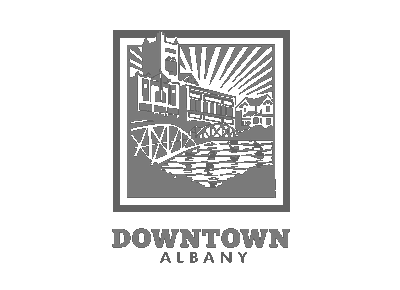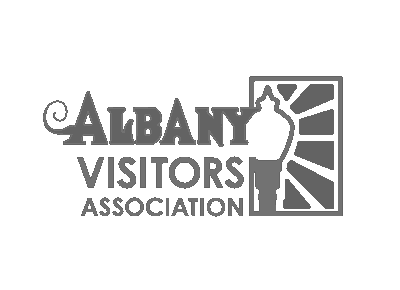In City buildings
All visitors are welcome! To help you enjoy your visit, we remind everyone of the responsibility to use City buildings in a manner that does NOT:
- interfere with the rights of other individuals to access or use City materials, resources, and services;
- limit the ability of City staff to conduct City business; and
- threaten the secure and comfortable environment of City buildings.
To promote the safety and well-being of all visitors and staff, and to protect resources, equipment, and facilities, these activities are prohibited:
- Use of public restrooms for bathing, shaving, washing hair, changing clothes in plain view of others, or other inappropriate activities.
- Sleeping in public spaces.
- Having offensive hygiene, odor, or scent that constitutes a nuisance to other persons.
- Behaving in a loud, boisterous, offensive, indecent, or disruptive manner; willfully annoying, harassing, intimidating, or threatening another person; using abusive or threatening language or gestures; fighting or threatening to fight; running; pushing; shoving; or throwing things.
- Remaining in the building after closing.
- Leaving children unattended.
- Impeding access to the building or an area of the building or blocking passageways, doorways, or aisles.
- Damaging the building, furnishings, or equipment; moving or tampering with tables, chairs, equipment, or other furniture.
- Bringing non-service animals into the building.
- Leaving unattended personal items in the building. City staff will not guard personal items for patrons. The City assumes no responsibility for lost or stolen items. Unattended items may be removed from the premises without notice.
- Entering non-public areas unless accompanied by a staff member.
- Soliciting, campaigning, fundraising, or selling unless allowed pursuant to an executed rental agreement with the City of Albany.
- Posting notices, posters, or flyers in City Hall unless authorized by the City Manager’s Office.
- Visitors who engage in prohibited activities or repeated misconduct may be asked to leave the premises or may be removed by the Albany Police Department.
For remote participation in public meetings
- Please make sure your first and last name appear in Zoom:
- During your Zoom meeting, click Participants at the bottom of your screen.
- A list of participants will show to the right. Hover the mouse pointer over your name until you see the option More.
- Click More and select Rename.
- In the pop-up box, enter your first and last name and click OK or Rename to confirm.
- Make sure your microphone is muted and your camera is off until you are called upon to speak and are moved into the meeting from the waiting room.
- Remote participant(s) who disrupt the meeting will be muted and moved to the waiting room and/or removed from the meeting.
- If you have not signed up to speak, you can watch the meeting on YouTube (youtube.com/user/cityofalbany) or Facebook (facebook.com/cityofalbany/live_videos).


